Parent Tips: Practices 2.3.4 & 2.3.5
Practices 2.3.4 and 2.3.5 teach kids to connect ideas in a paragraph. Practice 2.3.4 in particular may look odd to you—how do you get from frog to peanut butter? Huh?—but the exercise is a fun way to teach kids to create bridges between their ideas. In most school writing programs, kids are taught to use transition phrases to link sentences together to form a paragraph. This tactic generates a clean paragraph but rarely captures complex thoughts. At June Writers, we call this a “list paragraph” because it is essentially a list of unconnected and unexamined ideas strung together with transition phrases. It’s one-dimensional.
The method we teach instead guides kids to build their paragraphs using critical thought. We ask kids to look for the connections among their initial ideas and use connecting phrases and sentences to draw out that complexity. Again, this is a skill that is often only taught in high school or college (or never). We’ll be the first to admit that this method is initially harder for kids and the adults who serve as their guides, but it is certainly doable and is infinitely more rewarding for the kids than list paragraphs. After all, if you could have just written your paragraph as a list, why should you have to do all this writing work? Plus, this approach to writing makes it far easier for kids to scale their writing. Dense ideas rich in connection are easy to explore at length compared to hollow lists of disconnected facts. We often see kids writing at mini- and full essay length in Lesson 2.4 because they’ve put lots of thought into their ideas in Lesson 2.3.
Writing using connections based on critical thinking is a Big Brain Leap.

